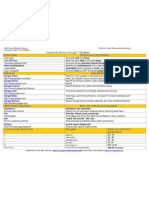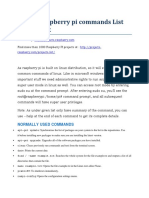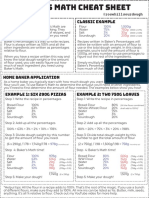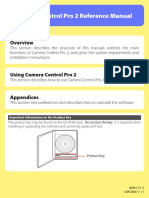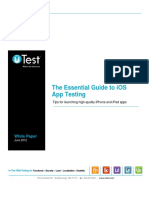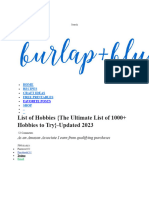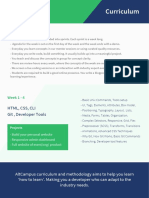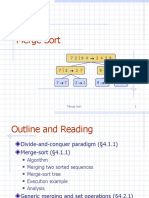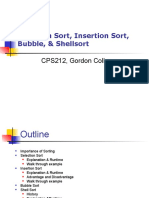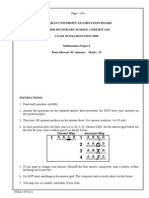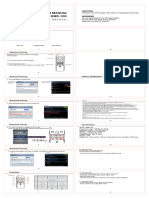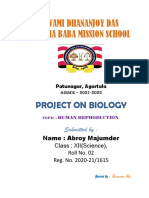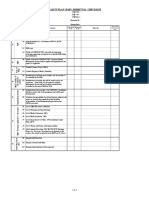0% found this document useful (0 votes)
300 views8 pagesCodehs: Mobile Apps Course Syllabus One Year For High School (125 Contact Hours)
This document provides a syllabus for a one-year high school mobile apps course taught using CodeHS. The course teaches students how to build mobile apps using React Native, a popular framework for building native apps using JavaScript and React. Students will learn to design and develop their own apps that can run on their smartphones. The course covers topics like components, styling, buttons, text inputs, images, and advanced layouts. It is intended for students who have prior experience with JavaScript, HTML, and CSS.
Uploaded by
Erwin AcedilloCopyright
© © All Rights Reserved
We take content rights seriously. If you suspect this is your content, claim it here.
Available Formats
Download as PDF, TXT or read online on Scribd
0% found this document useful (0 votes)
300 views8 pagesCodehs: Mobile Apps Course Syllabus One Year For High School (125 Contact Hours)
This document provides a syllabus for a one-year high school mobile apps course taught using CodeHS. The course teaches students how to build mobile apps using React Native, a popular framework for building native apps using JavaScript and React. Students will learn to design and develop their own apps that can run on their smartphones. The course covers topics like components, styling, buttons, text inputs, images, and advanced layouts. It is intended for students who have prior experience with JavaScript, HTML, and CSS.
Uploaded by
Erwin AcedilloCopyright
© © All Rights Reserved
We take content rights seriously. If you suspect this is your content, claim it here.
Available Formats
Download as PDF, TXT or read online on Scribd
/ 8



